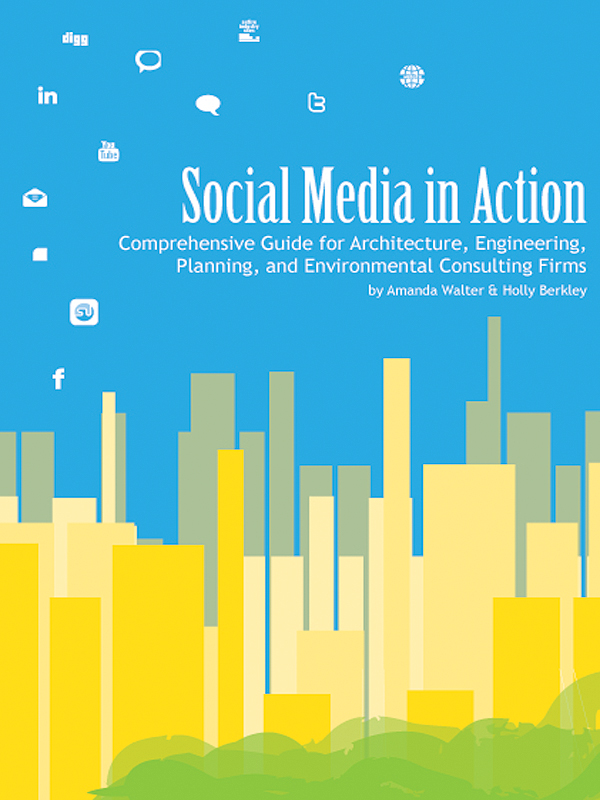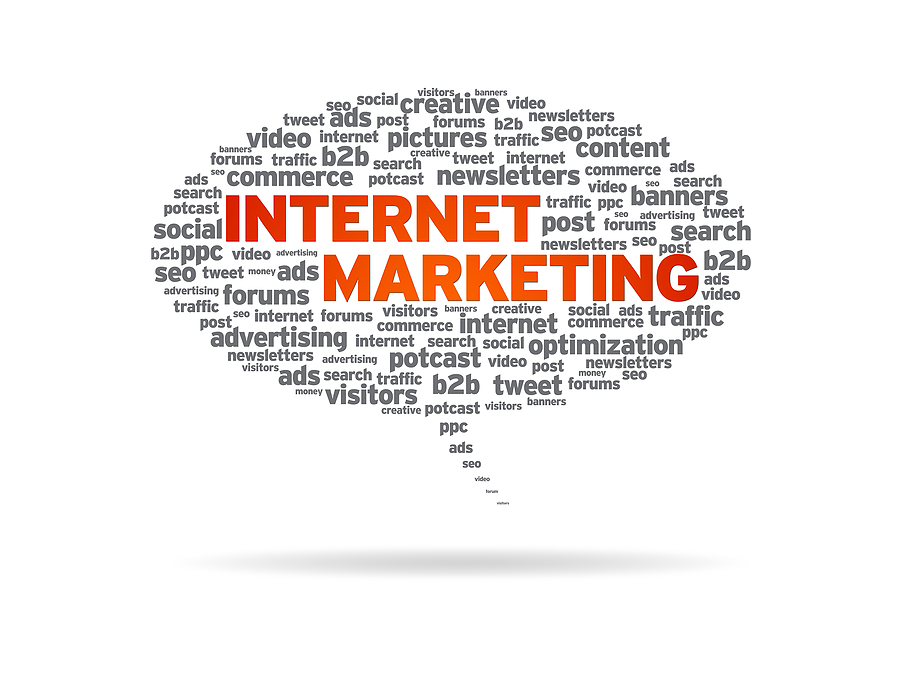Most people have seen the mega-hit video “Gangnam Style” by South Korean rapper Psy. The K-pop video, which was released on July 15, 2012 on YouTube, climbed to 100 million views in 51 days, beating Justin Bieber's "Baby" and Rebecca Black's "Friday," and prompted an overwhelming number of response videos. The lyrics are catchy, the dance moves quirky, making it addictive to watch over and over. The video mocks the Gangnam district of Seoul, an affluent and hip neighborhood where young people go to party. In the song, Psy describes the kind of guy he is and the kind of girl he wants, illustrating the pretentious culture of people who hang out in Gangnam. [youtube http://www.youtube.com/watch?v=9bZkp7q19f0?rel=0&w=560&h=315] The music video is a sensation gone viral. Currently, the music video has been viewed over 530 million times on YouTube and is the site's second most watched video. It has broken the Guinness World Record for the most likes on YouTube and has 2 million likes on Facebook. Katy Perry and Britney Spears are tweeting about it.
Politicians and business leaders such as British Prime Minister David Cameron and Google Chairman Eric Schmidt have learned the dance moves. New parodies of the video are popping up daily – from wedding parties to Philippine prison inmates. U.N. Secretary Ban Ki-Moon has praised the video as a "force for world peace" and South Korea’s top economic official Bahk Jae Wan pointed to the video as an example of creativity and international competition that the nation needs. Millions around the world are obsessed with his moves, style and music.
Seoul’s Gangnam neighborhood has also been in the spotlight. The video was filmed throughout the Gangnam area in the tour buses, spas, shopping areas and even atop one of the World Trade Center Seoul buildings. As a result of “Gangnam Style’s” success, the neighborhood itself is now known world-wide alongside Beverly Hills, and Roppongi as ultra-affluent and trendy hotbeds. Gangnam has been featured major news outlets in the US and around the world and South Korea tourism organizations are hopeful that the video drives more visitors and consumers to the shops, services and businesses in the district.
A strong identity for a neighborhood or region is something that city officials, planners and designers strive to create. These reputations attract new residents, consumers and eventually grow local economies. What would be your neighborhood's equivalent of “Gangnam Style”?







